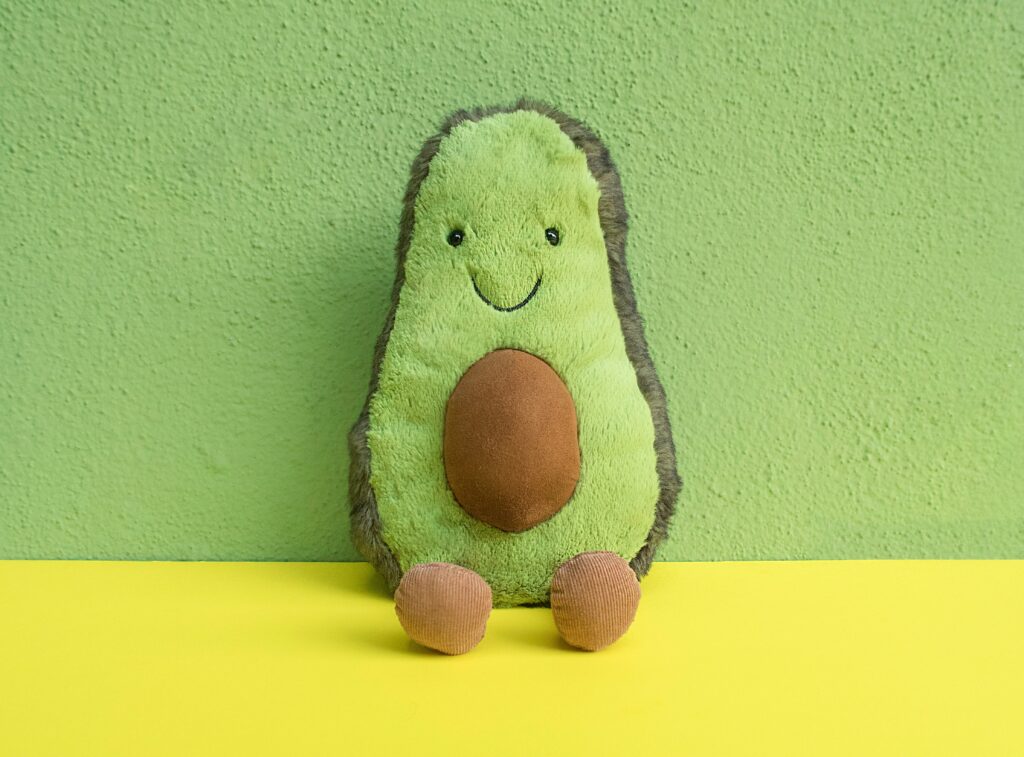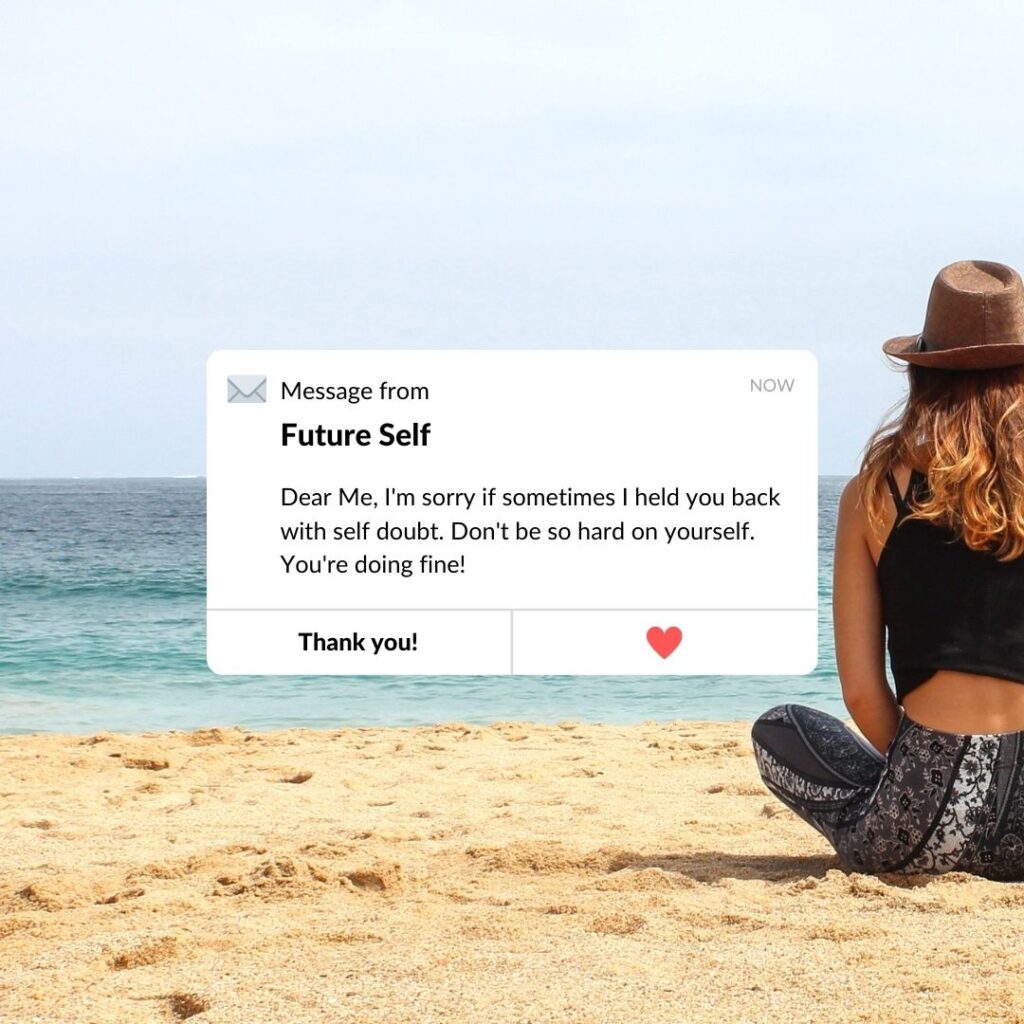If you read magazines, watch TV, see a doctor occasionally or have ever been on a diet, you’ll have heard of the BMI or body mass index. It is a number used to assess whether a person is underweight (BMI <25), of a healthy weight (25-29), overweight (30-35) or obese (>30). It is calculated by dividing body weight (in kilograms) by height (in metres) squared.
Although widely used and known by all, BMI is not actually a very useful parameter to assess health or even weight. Why?
Take a chunky rugby player, six feet (183 cm) tall, weighing 16th (101kg). His BMI is 30.3, making him ‘overweight’. Yet he has a 32-inch waist, is all muscle and is fighting fit. Now compare him to an armchair rugby watcher, also six feet tall, weighing 16th, but with a beer belly and a largely sedentary lifestyle. He would have the same BMI, but it doesn’t take an expert to see that the two men couldn’t be more different. For this reason, the BMI alone has limited significance in assessing good health because being ‘overweight’ or not according to BMI means nothing without knowing one’s body composition.
The BMI does not account for a person’s muscle mass. In very muscular people, it suggests ‘overweight’ when they really are slim and healthy. In older people, a ‘healthy weight can be anything but, because muscle mass decreases with age, and their fat percentage is high for their weight. In addition, the BMI categories used in Western countries are less suitable for people of other ethnic backgrounds because they have a different stature than white people.
What is body composition, and why does it matter? 
‘Body composition is the body’s ratio of water, muscle, bones and fat. A body fat percentage of 8-25% is considered normal for men and 20-35% for women. Knowing where the body fat is situated also gives clues about our health. Studies have shown that fat deposited in the abdomen is more problematic than fat elsewhere because it is metabolically active, upsetting hormone levels and causing or exacerbating inflammation. It can also surround and even penetrate vital organs, impairing their function.
Muscle mass, on the other hand, is ‘expensive’ tissue. That means it burns more calories than fat. The basal metabolic rate (BMR) describes the minimum number of calories a body needs to function. Most people’s BMR lies between 1,000 and 2,000 kcal/day, depending on height, weight, sex and age. If that strikes you as too little, you’d be right. This is just the absolute minimum of calories you need to lie down and breathe. Once you consider activity levels, the calorie requirement goes right up. A low BMR means your body doesn’t burn many calories in a rested state, and you are likely to put on weight quickly, finding it hard to shed. Building muscle increases the BMR because even when not in use, muscle tissue requires energy, i. e. it burns calories.
How can I measure my body composition?
Accurate body composition often reveals surprises. People with a favourable BMI may turn out to be TOFI: thin on the outside, fat on the inside.
Elaborate methods are used in research to determine body fat percentages as accurately as possible. In medical or nutritional practice, a so-called bioelectrical impedance analysis (BIA) can help to estimate the body fat percentage. It also usually calculates the BMR. BIA devices measure the resistance in the body and thereby evaluate the body’s water content. From this, in turn, the fat content can be roughly estimated. However, it is not necessary for most people to determine the exact body fat percentage. There are also commercially available scales that make it possible to estimate the body fat content using BIA.
Another measurement you can use is the waist-to-hip ratio. It is calculated by dividing the waist circumference in centimetres by the hip circumference in centimetres. A value of more than 1 for men or more than 0.85 for women is considered unfavourable.
Your body fat percentage is high. Now what?
Now that you know, you can do something about it. If your BMI is high, your doctor may already have advised you to lose weight. It may surprise you that cutting calories is not the answer.
If your body fat percentage is elevated, your BMR will likely be low. Many calories you eat are not burned, and any excess is deposited as – you guessed it – more fat. Eating less (fewer calories) seems to be the reasonable solution, but the body is not stupid. If less energy comes in, it will reduce energy expenditure (i. e. reduce its basal metabolic rate). You may feel cold and tired as a result. Muscle tissue may be burned for energy, with the added bonus that it is then gone and won’t cost the body any more of those precious calories. After a while, you’ll get fed up with being tired, cold and hungry all the time and start eating more again. But – surprise – you put any weight loss back on and then some because now that your body has turned down the dial, you are burning calories even less efficiently than you did to begin with. From now on, you are likely to put weight on even more quickly than before.
Increasing the BMR, however, is a lot more helpful; for this, you need to build muscle. More calories need to be burned to supply all this new muscle tissue with energy, and less gets deposited as fat. In fact, if you play your cards right, that pesky body fat can even be burned for energy. Your body composition improves as muscle tissue builds up and fatty tissue is reduced.
So, to improve your body composition, you must find a way to
- reduce your caloric intake without going hungry
- exercise to stimulate your muscles to build more lean body mass
- supply protein to enable muscle growth
Here are my tips to improve your body composition.
Low-carb eating for fat loss
Decreasing your intake of sugar and refined carbohydrates can have a beneficial effect on body composition. Numerous studies report improved body composition with a low-carb diet.
Every time we eat, our blood sugar – or rather blood glucose – level goes up. Whether that’s by a little or a lot depends on what the meal consisted of. If it was high in sugar or refined carbohydrates, the blood sugar level rises high. If it was a meal with few carbohydrates and most of those complex carbs, it might just go up a little.
High blood sugar is hugely damaging to body cells. Its ‘sugar coats cells, making them stiff and unresponsive. As that can be almost any kind of cell, the symptoms caused by long-term high blood sugar (aka diabetes) are highly varied and can affect the heart, the kidneys, the eyes, the nerves incl. the brain, and more. To avoid damage, if blood sugar (glucose) levels are high, insulin is released to bring them back down to a healthy level again as fast as possible.
Insulin works by moving glucose inside cells, where it can be used to create energy. However, the cells can only take up so much glucose at any given time. What can’t be squeezed in will continue to circulate, and that’s not an option? So, another thing insulin does is convert excess glucose into fat, which gets stored in fat cells. It can be converted back into glucose if needed, though it usually never is. Instead, more and more glucose from sugary and starchy foods adds to the build-up of fat every day.
Foods that are low in carbs but high in fat and/or protein do not have that effect. Yes, even fat does not make you as fat as sugar and carbs! The food we put into our mouths is more than the sum of its components. What really matters is what our metabolism makes of what we supply. Therefore, it is not as simple as: “Fat makes you fat”, no matter how logical that sounds.
If glucose levels rise fast and high (as they do after sugary or starchy foods), a lot of insulin is released at a time to deal with the problem as quickly and efficiently as possible. As a result, the blood sugar level drops again, now overshooting its mark and ending up too low. This, too, is a problem, as a certain amount of glucose is required at all times, not least to support the brain. At this point, you may feel tired, unable to concentrate, irritable and hungry. Willpower and reason go out of the window. We now need something fast, ideally something sweet as we know it will make us feel better.
Fatty foods do not affect blood sugar levels at all, and high-protein foods only minimally. Complex carbohydrates – the kind that releases glucose slowly – raise blood sugar levels gently and not as high. Less insulin is required to deal with it, and that, in turn, reduces blood sugar drops, too. You’re fuller for longer, and cravings become a thing of the past.

















